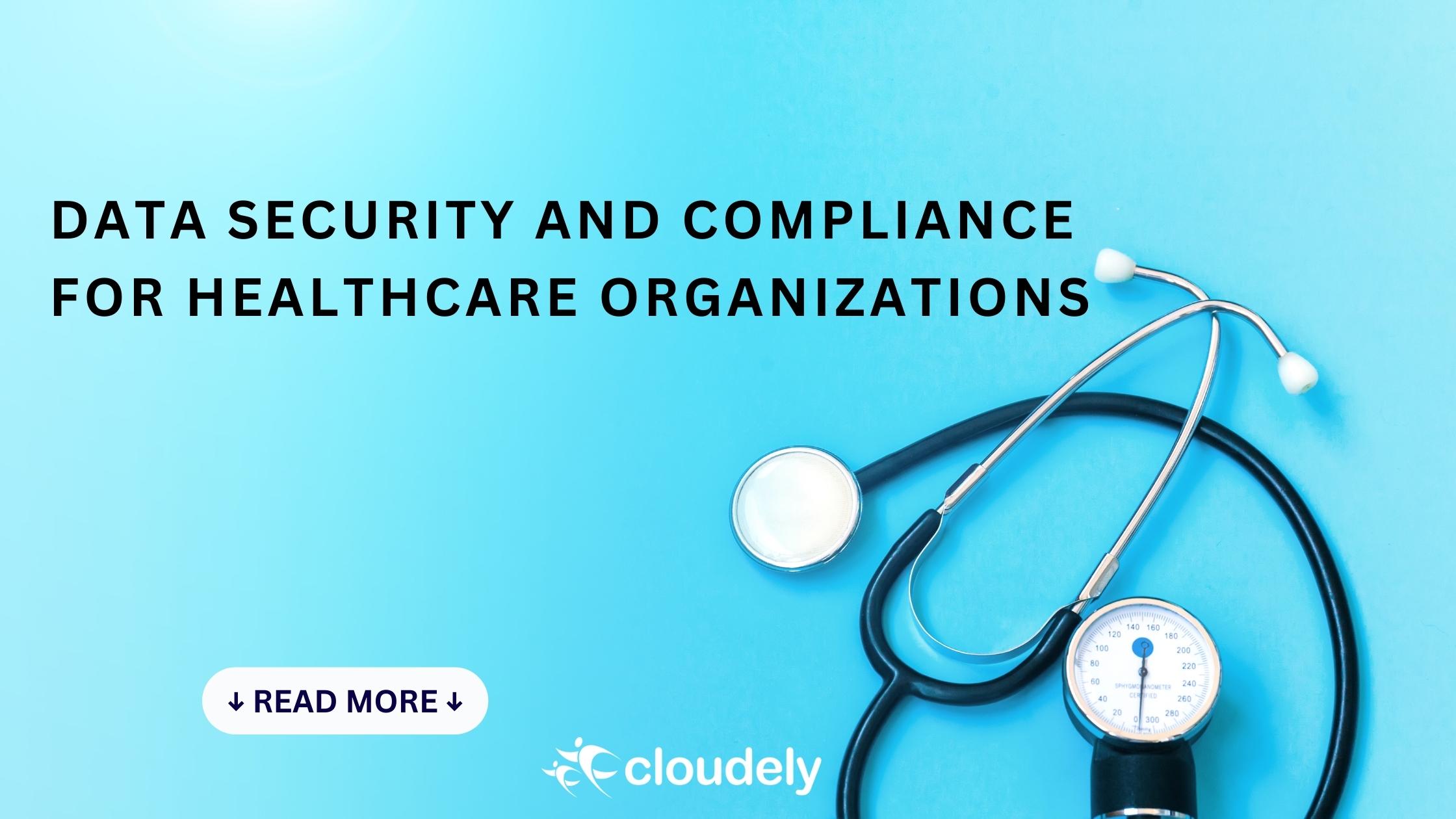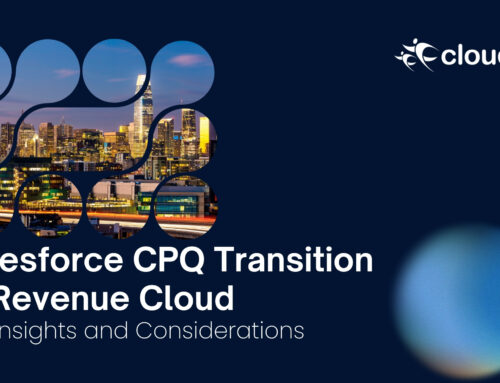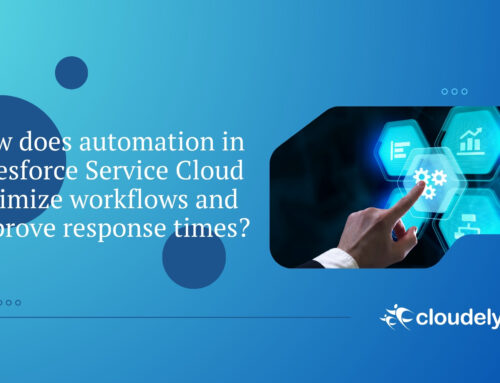Data security and compliance have always been important in healthcare organizations as the organizations handle and store sensitive information of the patients they serve. As more tech dependency occurs in the medical sector, organizations should be conscious of the risks and costs of securing patient’s information.
The disclosure of patient data is a violation of compliance rules and has massive implications both in terms of fines and damage control. Therefore, regulatory bodies like HIPAA, GDPR, and HITECH ACT have taken severe steps that seek to protect the patient’s privacy, including the confidentiality and security of their data.
Table of Contents
Types of cyber threats in healthcare organizations
Several types of cyber threats target healthcare information systems as they contain a lot of confidential documentation. The first thing that can be done would be to understand such threats and reinforce their defense.
- Ransomware: Ransomware is a malware variant that prevents users from accessing their devices or systems and encrypts essential data until a ransom is paid to unlock it. Medical records and critical systems are inaccessible, resulting in a halt to healthcare operations jeopardizing vital patient care.
- Phishing Attacks: The attacks deploy phishing emails sent as messages and make healthcare workers submit private details such as passwords. The consequences include vulnerability of healthcare management systems and safety issues that could arise from privacy violations.
- Data Breaches: They are also known as the HIPAA Security Rule, and they regulate a situation where information is leaked or accessed with no permission given under a covered entity that has a patient’s health insurance. It is a significant issue regarding care providers since it bears legal punishment, reputation destruction, and trust loss among the patients.
- Malware and Spyware: It may include stealing sensitive information from patients about whom data is swiped through a particular spyware developed for this purpose.
- Distributed Denial of Service (DDoS) Attacks: These are efforts to take down an online service by bombarding it with traffic from different origins. It could cause severe interruptions within healthcare systems, leading to loss of continuity in clinical operations and patient treatments.
- Insider Threats: Internal sources of threat can be caused by dissatisfied employees, inattentive employees, and even users by errors. Insider attacks are severe because of their potential destruction.
- Advanced Persistent Threats (APTs): These are covert attacks where an outsider sneaks into the network unnoticed and stays there for quite some time. It often entails stealing data instead of instant destruction, which is very dangerous concerning patient confidentiality.
- Medical Device Hijacking: In this type of attack, an intruder would gain access to the medical device and control it with the intent of harming unsuspecting patients or for use within the more extensive network. They have profound implications for patient safety.
- Social Engineering: Psychological coercion involves forcing people to execute actions or revealing private information. For example, in healthcare, this might include deceiving personnel and allowing restricted access areas with patients’ records.
- Zero-Day Exploits: They describe exploits carried out after the exposure of software flaws the previous day and before the availability of any cure. It makes them especially harmful as they have no established defenses.
- Cloud Threats: The problem of insecure APIS, misconfigurations, and service hijacks is increasing with cloud-based healthcare data storage. Massive patient disclosure is possible if this space is breached.
Healthcare organizations must utilize a multi-pronged approach to combating these threats that entails staff training, periodic upgrades of security technologies, constant watch on a network’s traffic, and an effective incident response plan.
Data Security and Compliance: Overview
As far as digital and global world organization is concerned, data is its most crucial asset. It is critical to guarantee data security during electronic storage and transfer of sensitive company information, ensuring regulatory conformity as well.
Data security incorporates the set protocol to ensure that an authority does not gain entry to access, use, or share information without permission. Security also involves policy creation as well as mechanisms put in place to counteract hacking intrusion, and virus penetration from both internal and external sources.
However, compliance involves conformity with the data security legislation issued by different authorities’ bodies. Some of these laws, like the GDPR, HIPAA used in the health care industry, and PCI DSS used for credit card transactions, among others, ensure that confidential information is safe.
The issue of data security and compliance is always a matter of two aspects that work together toward securing an organization’s confidential information. A breach could lead to hefty penalties due to lost customers, lawsuits, and damaged reputation.
How does Data Privacy play a role in healthcare organizations?
Since health information contains highly private matters (such as patient’s health history), data privacy remains a crucial issue for health organizations. Data privacy in the healthcare industry is about how best to manage, store, process, and share such patients’ specific information, like their medical records, treatment plans, and insured details.
- Data privacy in healthcare has various implications. Mainly, it is related to upholding the privacy of patients as well as keeping their confidence in health care providers.
- Patients do not like disclosing their secrets even with physicians, as they tend to believe in the confidentiality of their secrets with no exceptions.
- Breaking this trust results in a loss of patients’ confidence, which could be damaging not only for one physician but also for the whole healthcare system.
- Data privacy must be ensured to meet legal and ethical requirements. Several laws regulate patient data protection in the US, including HIPAA, with comparable regimes across the globe.
- These regulations must be followed without fail by employers. Failing to comply with any of these requirements could attract severe sanctions.
- With digitalization comes an increase in risks of breach of stored information electronically, which could now be accessed even from other countries.
- Patient data should be safeguarded from unauthorized access, stealing, and tampering by cyberspace security measures.
- In addition, a breach threatens the patient’s finances by risking their ability to obtain health care coverage in the future. Further, it may cause identity theft and, consequently, defrauding of the patient.
- Some healthcare organizations use data privacy to promote responsible innovation. In pursuing new technologies like telemedicine, wearable health devices, and personalized medicine, they should never trade off patient privacy.
Healthcare data privacy refers to the protection of confidential data belonging to very private things about an individual while enabling this data to be useful for improvements in a patient’s health status. There have to be mechanisms and vigilance, clearly defined policies, superior technology, as well as a culture oriented toward respecting patient rights within the entire health ecosystem.
Challenges of data security and compliance in healthcare organizations
In this regard, organizations must embrace the ever-rising concern for data security and compliance as they increasingly integrate sophisticated technologies into their operations. Many healthcare organizations collect and maintain significant volumes of highly confidential individual data, including medical records, insurance, and budgetary information.
It exposes them, making them among the targets of cybercriminals that always look for security weaknesses in their systems. The most challenging part of the healthcare environment is ensuring strict laws and regulations governing healthcare privacy, such as HIPAA, which intends to protect patient information confidentiality.
The laws do not only direct organizations to adopt strict security protocols for health information but also provide stiff fines for ignoring them. There is also the issue of responding to fast-paced cybercriminals.
With every step forward that technology takes, hackers devise new techniques for penetrating network systems and stealing critical data. These cyber-attacks expose the PHI of the patients and endanger them while posing the threat of damaging an organization’s reputation.
External threats confronting healthcare organizations are not the only ones to worry about since they are equally challenged by internal dangers arising from employees’ negligence or mischievous behaviors. The employees can provide PHI without meaning while making emails or social media entries or even do that out of revenge towards the company.
How to implement data security in healthcare organizations?
Protecting patient information and preserving public confidence in healthcare organizations hinge on a multi-dimensional strategy of implementing data security. The crux of the entire process is ensuring the protection of confidentiality, integrity, and availability of PHI against cyber-attacks, insider threats, and accidents.
Therefore, healthcare organizations should develop strict policies on how patient information will be collected and maintained. In the US, they must conform to a national standard like the HIPAA, which protects patient information. Regular risk assessments are one of the initial steps towards data security.
The reviews examine system and process weaknesses and help the company initiate preventive actions. For instance, this would involve upgrading the software, strengthening their firewalls, and ensuring that other third-party vendors also observe the same data protection standards.
Another important aspect is employee training. Healthcare staff must understand why data security is essential since they frequently handle sensitive information. Because of this, training will always need to remain relevant to the ever-changing health information threat scenario.
Data security is not limited to physical defense, as technical reasons are equally important. Examples of such are using encryption for protecting the data both at rest and transit, putting into place access controls to allow only specified individuals to access sensitive information, and applying robust authentication methods to help authenticate users.
A healthcare organization ought to develop an all-inclusive response to incidents. The steps to be taken in case of a data breach are outlined in this plan, which reduces the impacts and speedily restores normal operations. Ransomware or data loss can see them back up patient information, so it’s fast restoration in case of compromise.
Monitoring systems and networks for abnormal activity in today’s digital environment is essential. Intrusion detection systems, as well as regular audits for healthcare organizations, should be used so that they can react to those threats quickly. Securing these devices ensures that data are wipeable when stolen or lost, which is an essential aspect of securing data.
Data security implementations within healthcare involve a complex blend of policy/training components, technological controls, and constant diligence toward evolving requirements for assuring privacy/integrity/availability of patient health information.
Handling a Data Breach: Steps and Protocols
Any organization can suffer tremendously from a data breach. Accessing, stealing, and unauthorized communication of such private or confidential data causes leakage, which is known as data leakage. Today’s digital world, where companies depend on IT systems to store and process data, makes data breaches even more likely than in previous years.
The following are the steps and protocols that organizations should follow in case of a potential or confirmed data breach:
- Identify and Contain: First, define the extent of the breach and attempt to stop it immediately. It includes identifying the breached systems or networks and quickly disconnecting them from other devices.
- Notify Authorities: Depending on where you are located, there could be an obligation to provide notice of the data breach following your local laws, including making reports to entities like law enforcement agencies and other government institutions. These are significant regulations, and failure to meet them will attract severe punitive measures.
- Communicate with Affected Parties: It would also be essential to note organizations are ethically liable to some of their clients/customers whose data is leaked. Immediately informing them about the incident creates a sense of trust and makes it possible for them to take suitable actions in case there is a need.
Best Practices for Ongoing Compliance and Data Security
Data privacy and constant compliance are vital components of reasonable care as far as health care is concerned. Healthcare being a personal matter, there are high standards that companies ought to employ to protect it.
- Compliance in healthcare is crucial in the case of regulations that govern its practices, like HIPAA in the US and GDPR in the EU. Such regulations enumerate how patients’ information should be maintained and secured.
- There is a need for healthcare institutions to develop robust data governance structures. These high-level policies outline effective data asset stewardship, such that data is cared for professionally from the cradle to the grave. It covers data collection, storage, processing, and sharing.
- It is also necessary for the healthcare workforce to understand their responsibility to ensure data safety. The training also requires educating organizations about phishing schemes, protecting passwords, and the need for proper disclosure of confidential information.
- Safeguarding data should involve encrypting information at rest and in motion-controlled accessibility, whereby only permitted people should have direct access to confidential material and secured messaging.
- Such vulnerabilities can only be identified through routine security audits and risk assessment as a measure of identifying any possible gap before its exploit. Backing up patient data must not be forgotten. Therefore, it helps to recover lost data during a cyber-attack.
- One must have a strategic plan, together with tests in place for data breaches so that they can be dealt with accordingly. They are limiting unauthorized access to sensitive information by implementing stringent access controls.
- It usually involves techniques like multi-factor authentication, the principle of minimal privilege, and regular audits to ascertain whether access rights are applicable. Similarly, one must create a culture of security within the organization. Data security standards should be cut across all departments in a health organization, including the boardroom down to the reception.
By adopting such practices in their day-to-day functions, healthcare enterprises establish an enabling milieu that guarantees the confidentiality of client’s information, continual conformity with legal rules, and assurance.
Conclusion
To protect the confidentiality of their patient’s information, healthcare organizations should focus on ensuring data security and adherence to compliance. Because of the increased cybercrime rates and stringent government policies, these companies must keep track of industry standards, robust security mechanisms, and repeated worker training.
They must, therefore, also carry out regular auditing or risk evaluation of their systems so that they can discover other areas of weakness. Healthcare organizations can protect patient information, build trust with patients, and avoid unwanted law liabilities by taking preventive measures for data security and compliance.
However, these organizations should enhance their information protection practices to ensure safe and sound healthcare service delivery to their patients.
End-to-end technology partner for healthcare companies
Cloudely is a technology provider for healthcare organizations. From Salesforce implementation to data security and compliance solutions, we offer them all. Connect with us at hello@cloudely.com to learn more about us.






